It’s an immutable law of motordom that buyers will always want sporty-looking styling, even if they don’t want a car that’s remotely exciting to drive. Volvo sells R-Design models by the bucket-load; Audi buyers love an S Line. And now the Skoda Fabia Monte Carlo - traditionally the least sporty supermini on European roads, and departing very little from that pigeonhole even in latest-generation form - is available in much the same vein.
If you remember when Citroen once offered a Saxo VTR, which packaged the visual appeal of a VTS into a more affordable - and ultimately considerably less exciting - package, this idea will be familiar. The Fabia Monte Carlo gets 17in wheels as standard (although our test car wore optional 18s), as well as beefed-up bumper styling, and some racy black body trim. If you go for a range-topping 1.5-litre car (a 1.0-litre is also offered), you get special Monte Carlo front wing badging too, and you can add a black ‘contrast’ roof as an option. But, while this is the only 1.5-litre Fabia you can buy, there is no special suspension or powertrain tuning here. It’s a skin-deep exercise.
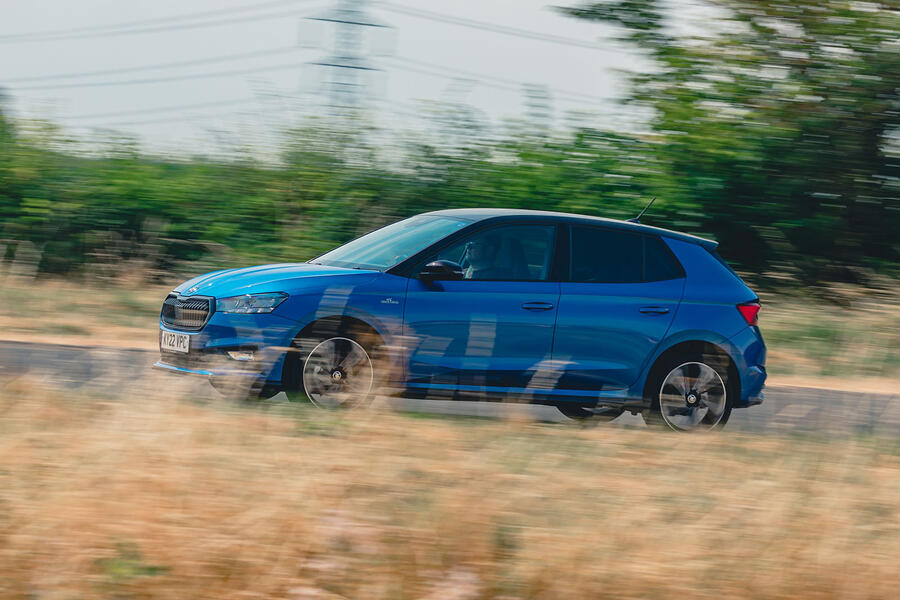
Inside the car, there are some moderately exciting red dashboard decorations; there’s a red-themed display mode for the digital instruments; and there are sports seats. The last of those are quite high-set, but they look the part and hold your backside pretty snugly, even if the integrated head restraint design is a bit over-the-top.
Does it all make the Fabia any more meaningfully inviting? It’s questionable, since many of the car’s mouldings are hard- and plasticky-to-the-touch. Also because Skoda’s standard equipment tally isn’t particularly generous. A 1.0-litre Fabia ‘Monte’ is only about £500 pricier than an equivalent SE L; but that means items like cruise control, factory navigation, seat heaters and wireless device charging are all cost-options.
The interior doesn’t feel like a premium prospect, then - but it’s certainly roomy and functional. Second-row space is very good by supermini class standards, and storage space is cleverly provided between several cubbies throughout both front and back rows. The Fabia’s boot, too, can be arranged and divided up very cleverly if you option up Skoda’s various storage solutions, and has bag hooks, shopping-holders and under-floor space if you want them.
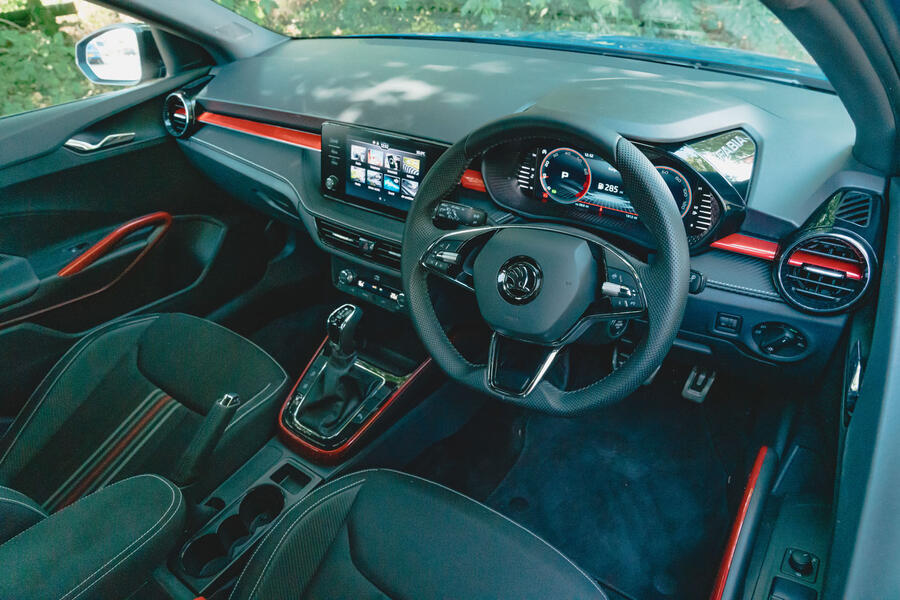

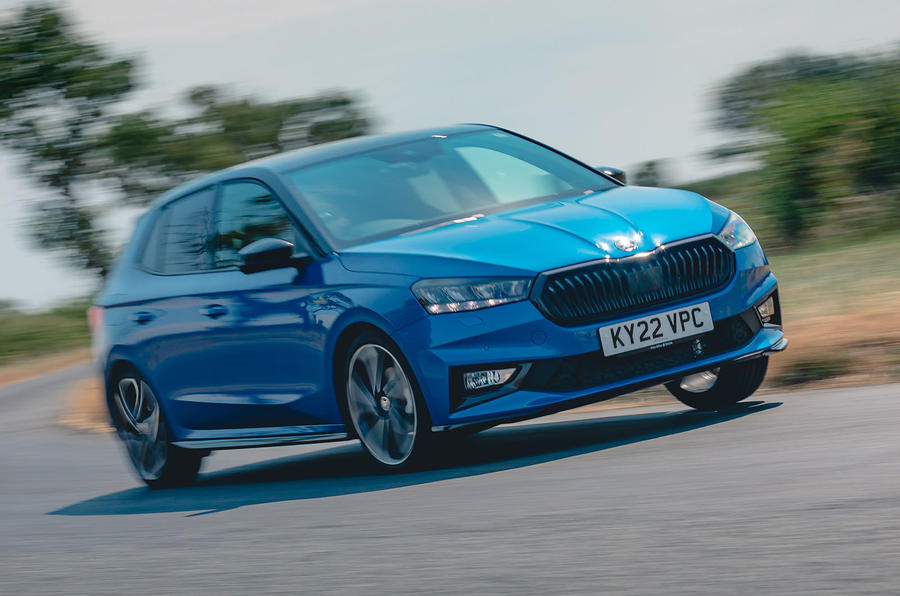



















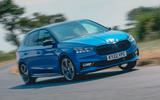




















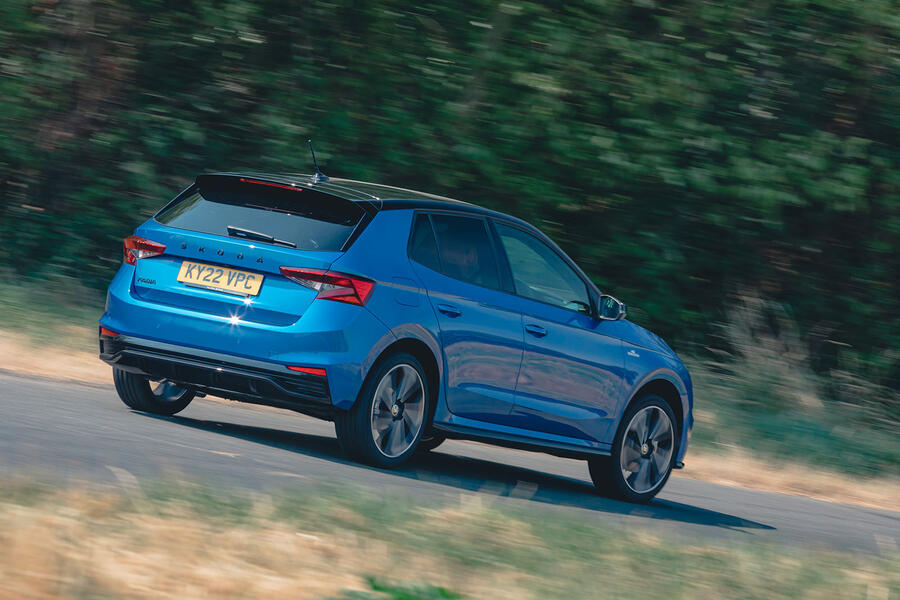






Join the debate
Add your comment
For a Car with a low base price of £15,300 to over £27,000 , you'd expect a lot more bangs for your Buck than a weedy little four pot, I hope they do a Vrs version with even a tasty turbo two litre under it bonnet!
Apart from the daft extras pushing the price up £3,500 the 2 issues this car has are the compulsory auto, adding cost, and robbing involvement, and the standard suspension. I bet with VRS style suspension and a manual box, even with just 148 BHP Skoda would have a hit on their hands. And given how much they usually add for the cost of the auto, that car could be £22k